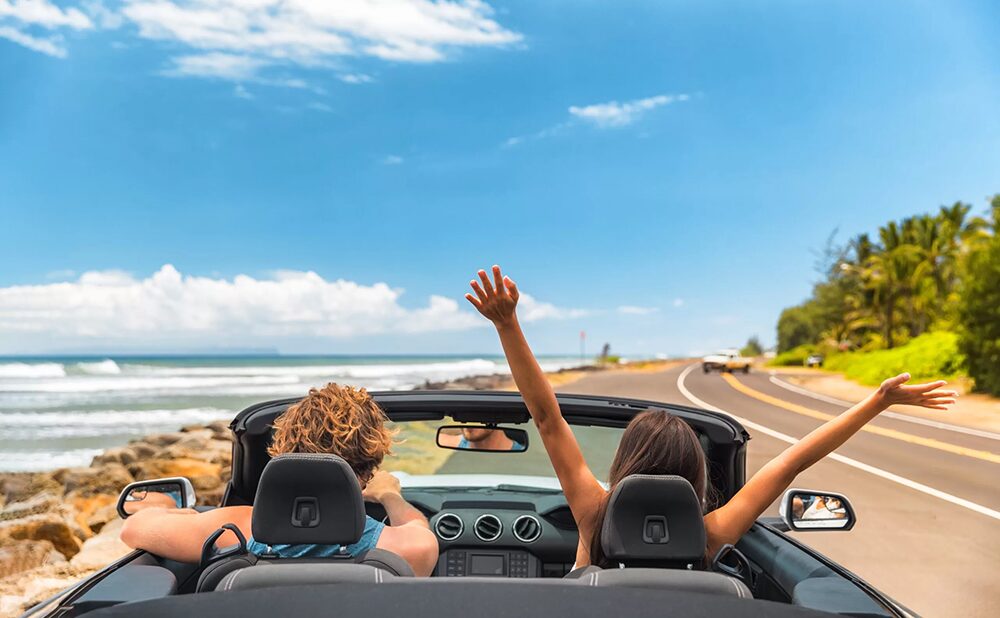Rental cars and Turo are the most private ways to explore Hawaii with total freedom.
When you rent a car from a company it is called a rental car, and when you borrow a car from an individual through a sharing service it is called Turo.
Having a car of your own greatly expands where you can go and can save a lot of time!
On the other hand, many people may feel uneasy about driving in an unfamiliar place.
So this time, I would like to introduce information such as how to rent a car and driving tips for Hawaii.
If you are considering renting a car in Hawaii, please use this as a reference♪
How to Rent a Car – Rental Cars & Turo
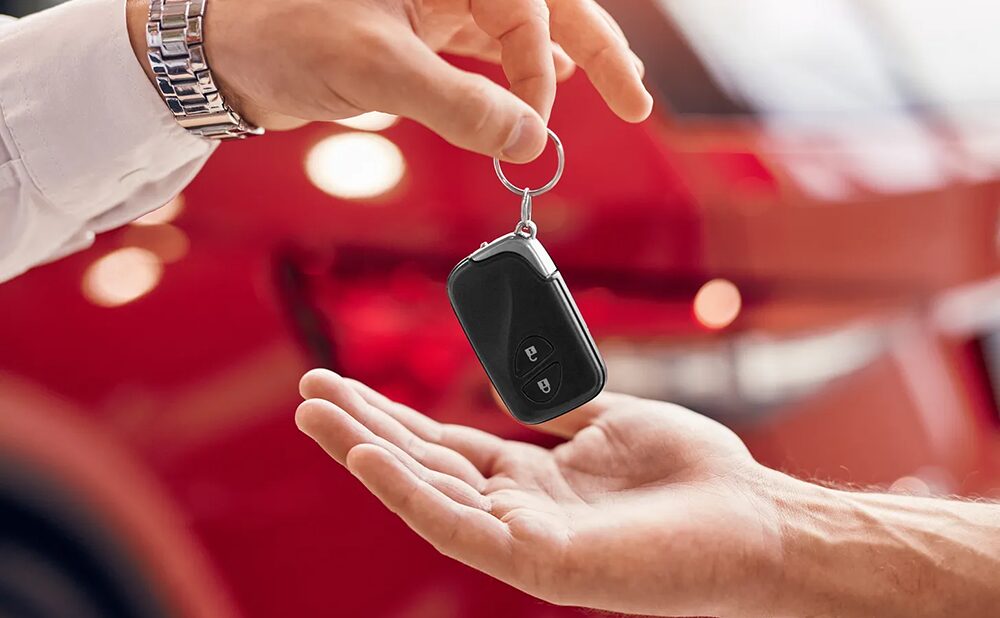
If you want to rent a car in Hawaii, it’s best to make a reservation in advance!
You can sometimes rent a car on the same day, but last-minute does not usually mean cheaper, and you lose the ability to choose models and plans, so the disadvantages outweigh the benefits.
Hawaii is a global tourist destination, so during high demand seasons there may not be enough cars available.
Requirements for Booking
To drive a car in Hawaii, you must meet all of the following conditions.
- The driver is at least 21 years old
- The driver’s license is valid for the rental period
- The driver’s credit card can be used in Hawaii
In particular, a credit card is required in a usable state because it will be used to pay the rental fees.
Basically, the requirements for rental cars and Turo are exactly the same.
Booking a Car
For rental cars, each company’s plans, prices, and office locations vary greatly.
Therefore, it’s recommended to research and compare various options before making a reservation!
For Turo, it’s easy because you can filter and compare from the app.
Actually, booking a car only requires entering the necessary information, so it is not difficult at all.
Just understand that because it is a rental, it does involve some procedures and effort.
What Happens on the Day
For rental cars you will complete procedures at the rental company’s counter.
What to bring at that time is as follows.
- Driver’s license (required)
- Credit card in the driver’s name (required)
- Passport (required if not a U.S. citizen)
- International driving permit or Hawaii driver’s license (if you have one)
- Reservation confirmation (only if you feel unsure)
Once the procedures are completed, you rent the car and you’re done.
With Turo, the process varies depending on the owner’s procedures.
Generally, you meet at an agreed spot, confirm the driver’s license and any car damage, and complete a simple handover.
There are also many unmanned pickups where the owner gives a key code, remotely unlocks the car, or authorizes it via photo verification so you can rent the car right away.
Turo requires you to upload photos of the car’s condition as evidence, so the system helps prevent disputes.
Returning the Car
First, the return process for rental cars is as follows.
- Refuel at a gas station within 8 km of the return location (if returning with a full tank)
- When you arrive at the office, follow signs to the return parking area
- Follow the staff’s instructions to complete the return procedures
- If there are no issues, you will receive a receipt-like paper from the staff and the return is complete
Next, the return process for Turo is as follows.
- Fill the tank, then go to the specified return location (condominium parking, hotel lobby, etc.)
- After parking, take photos of the exterior, interior, and the meter display and upload them to Turo
- Return the keys (unmanned or in person)
- Press the return complete button in the app
- The owner checks the situation and if there are no problems the return is completed
Insurance for Rental Cars & Turo
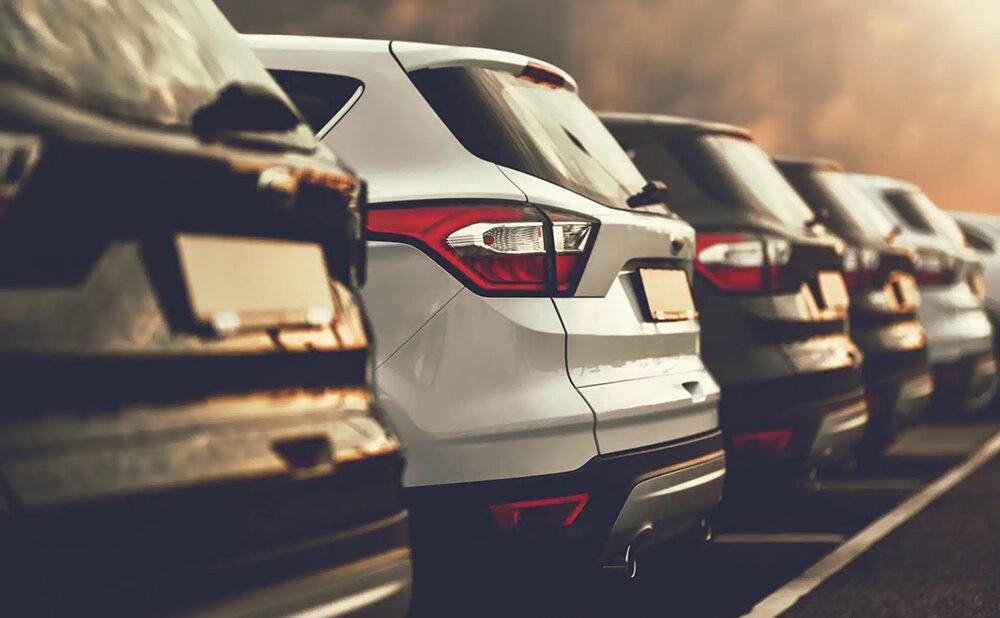
To prepare for the unexpected,it’s best to consider insurance as something to enroll in together with the rental!
Below are the main types of optional insurance and points to note when enrolling.
Types of Insurance for Rental Cars & Turo
The main optional insurances are as follows.
- Collision Damage Waiver (CDW)
- Personal effects theft coverage
- Personal accident insurance
- Supplemental liability insurance
Among these, we recommend enrolling in collision damage coverage and supplemental liability insurance.
Other coverage is often provided by travel insurance or credit card benefits, so it may be unnecessary.
For first-time renters, the simplest and most reassuring option is a bundled package that includes the above coverages plus roadside assistance and fuel coverage.
Because the compensation for a major traffic accident can be beyond what an individual can pay, be sure to enroll in at least the minimum insurance!
Notes When Enrolling in Insurance
When booking a rental car or Turo, try to enroll in insurance at the time of reservation whenever possible!
If you haven’t enrolled, you will be encouraged to purchase insurance at the counter on the day.
In that situation you won’t have time to carefully consider the coverage and might end up buying unnecessary insurance.
Rental car companies often work on commission, so they may push upgrades or additional insurance more than necessary.
When enrolling, carefully check the coverage and be ready to firmly decline anything you don’t need!
Tips for Driving Rental Cars & Turo
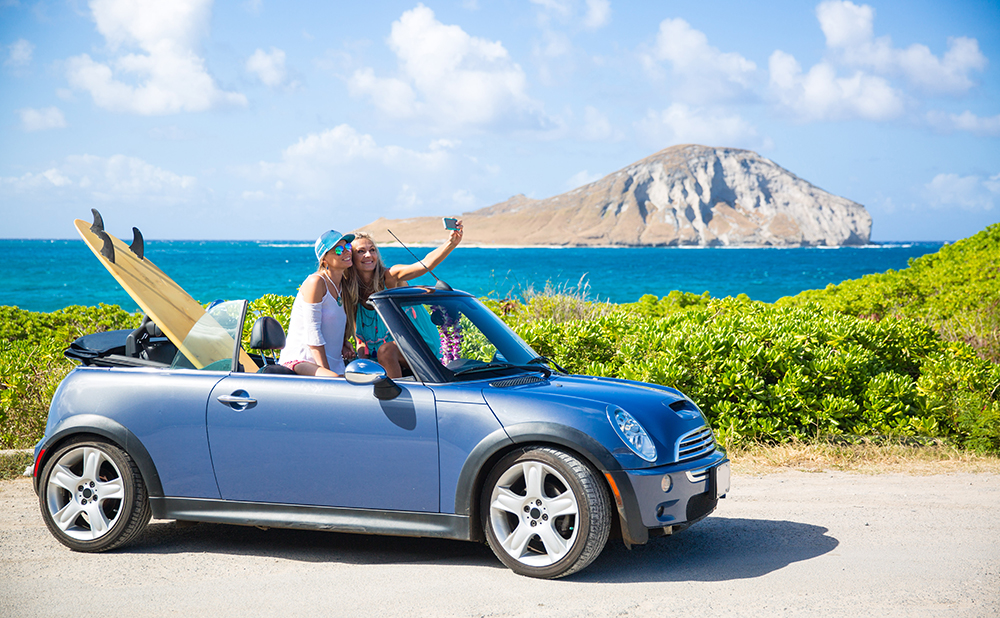
Driving in Hawaii can feel different from what you are used to, and many people may feel confused.
There are tips that make driving easier if you know them, so please refer to them when you drive!
Tip for Driving in the Middle of the Lane
Roads in Hawaii are often wide, so you may find yourself closer to the right edge of the road than you expect.
So as a rule of thumb, drive with the feeling of lightly touching the center line.
With that awareness you will naturally be driving near the middle of the lane.
Tip to Avoid Going the Wrong Way
Some people worry about mixing up right-hand and left-hand driving while on the road.
In that case, remember that the driver’s seat is always on the inside of the road — this helps keep you safe!
This rule applies regardless of whether a country drives on the right or left.
Traffic Rules in Hawaii
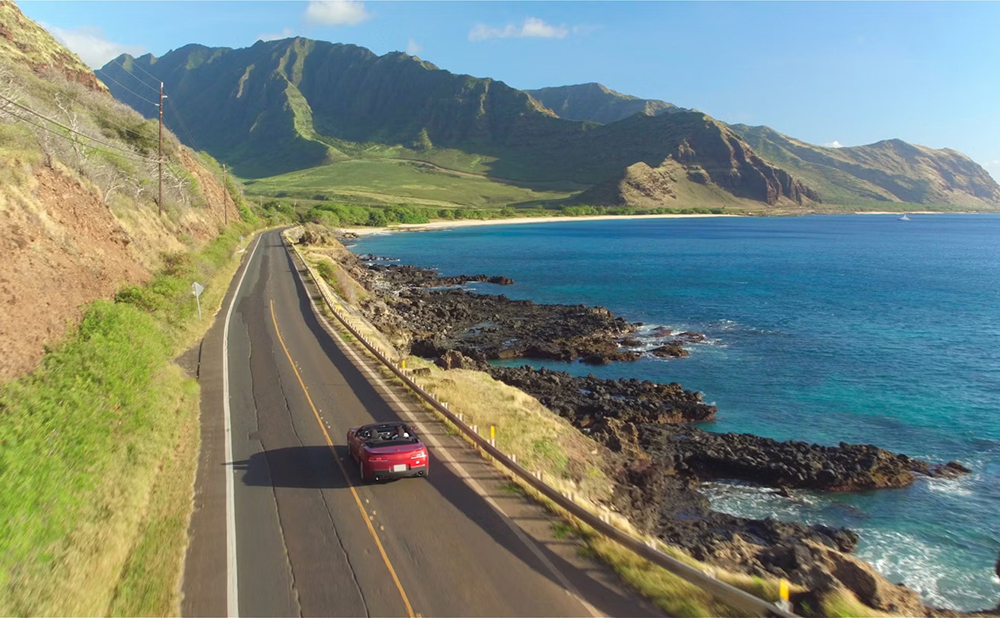
Here are some of the main traffic rules in Hawaii.
Whether you use a rental car or Turo, I hope these help you drive safely.
Pedestrians Always Have Right of Way at Crosswalks
If there is a pedestrian on a crosswalk, you must stop and wait until the pedestrian has passed the middle of the crosswalk.
If you violate this rule you may be fined.
If there is anyone on the crosswalk always stop and wait until they have passed your lane before proceeding!
Right Turn on Red Is Allowed
In Hawaii you can make a right turn on red!
However, where there is a “NO TURN ON RED” sign, you cannot turn right on red, so be careful.
There are slightly complicated rules, such as when there are two right-turn lanes and only the rightmost lane may turn after stopping, so if you are unsure you can wait for the green light to turn safely.
Also, if the road you are turning onto is one-way, you may also turn left on red.
Seat Belts and Child Seats
Wearing seat belts is mandatory in all seats, including the rear seats.
Also, children 10 years old and under must use a child seat.
If you are renting a car with children, be sure to rent a child seat appropriate for the child’s age!
Do Not Pass a School Bus
If a yellow school bus is stopped with its red lights flashing, you must stop and keep at least 6 meters distance.
You must stop whether you are in the same lane or in the opposite lane.
However, if the opposite lane has a median separation, you do not need to stop.
Do Not Touch Your Phone While Driving
Using a mobile phone while driving is a violation.
Of course taking photos or making calls is banned, and officially using navigation apps or playing music—any action that touches the screen while driving—is prohibited.
Passengers touching a phone is perfectly fine, so have a passenger handle navigation!
No Drinking Inside the Car
Unlike phones, consuming alcohol inside the car is prohibited even for passengers.
Even bringing an opened alcoholic beverage into the car is not allowed.
Don’t let the private space of the car make you careless; you can be fined for this, so be careful!
Red Curbs Mean No Parking
Curbs painted red indicate no parking.
Also, avoid parking within about 2 meters of a yellow fire hydrant or where there are “NO PARKING” signs.
Parking violations in Hawaii are strict, and if you are unlucky your car may be towed in addition to a fine.
Because you may be charged towing fees in addition to parking fines, if you are unsure of the rules it’s best to avoid street parking and use paid parking even if it costs more!
Popular Rental Car Companies in Hawaii
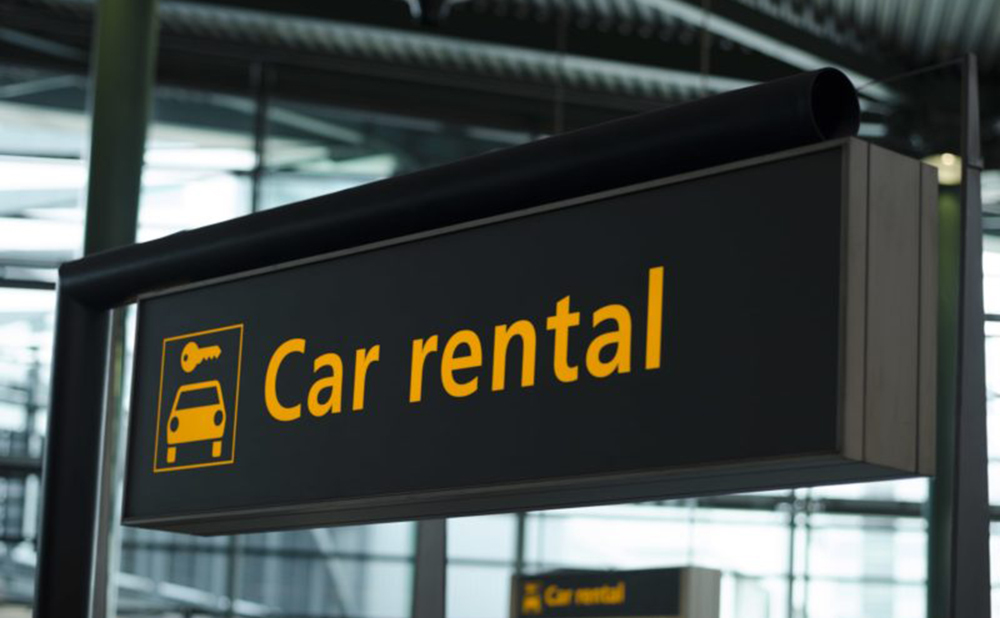
Finally, here are some rental car companies that are popular in Hawaii.
Turo is app-based, so you may find that comparing in this area is simpler!
One’s Rent-a-Car
This company is run by Japanese people and has Japanese staff on site.
They offer a wide range of plans from basic insurance to fully covered安心 plans, which is attractive.
One’s Rent-a-Car does not push unnecessary plans or insurance, so you can use them with confidence.
They are popular with both first-time visitors to Hawaii and repeat travelers.
Nippon Rent-A-Car
Also staffed by Japanese speakers, this company is recommended for Japanese customers.
They have offices at Hilton Hawaiian Village and Ala Moana Center, making access convenient!
They handle everything in Japanese from car handover to trouble response.
Because their service quality is high, their prices can feel slightly higher compared to other companies.
Dollar Rent A Car
When you think of American rental car companies, Dollar is one of the names that comes to mind.
They offer attractive 24-hour emergency roadside assistance!
They also have paid options such as no refueling on return, which are popular.
Their prices tend to be quite low, so they are recommended if you want an inexpensive rental.
Alamo Rent A Car
Alamo is also very well-known and popular in Hawaii.
If there is availability on the day, you can choose a vehicle of the same grade from those at the office, which is an attractive feature!
You can see the car in person locally and then decide which one to use.
They also offer 24-hour roadside assistance and often have low prices.

